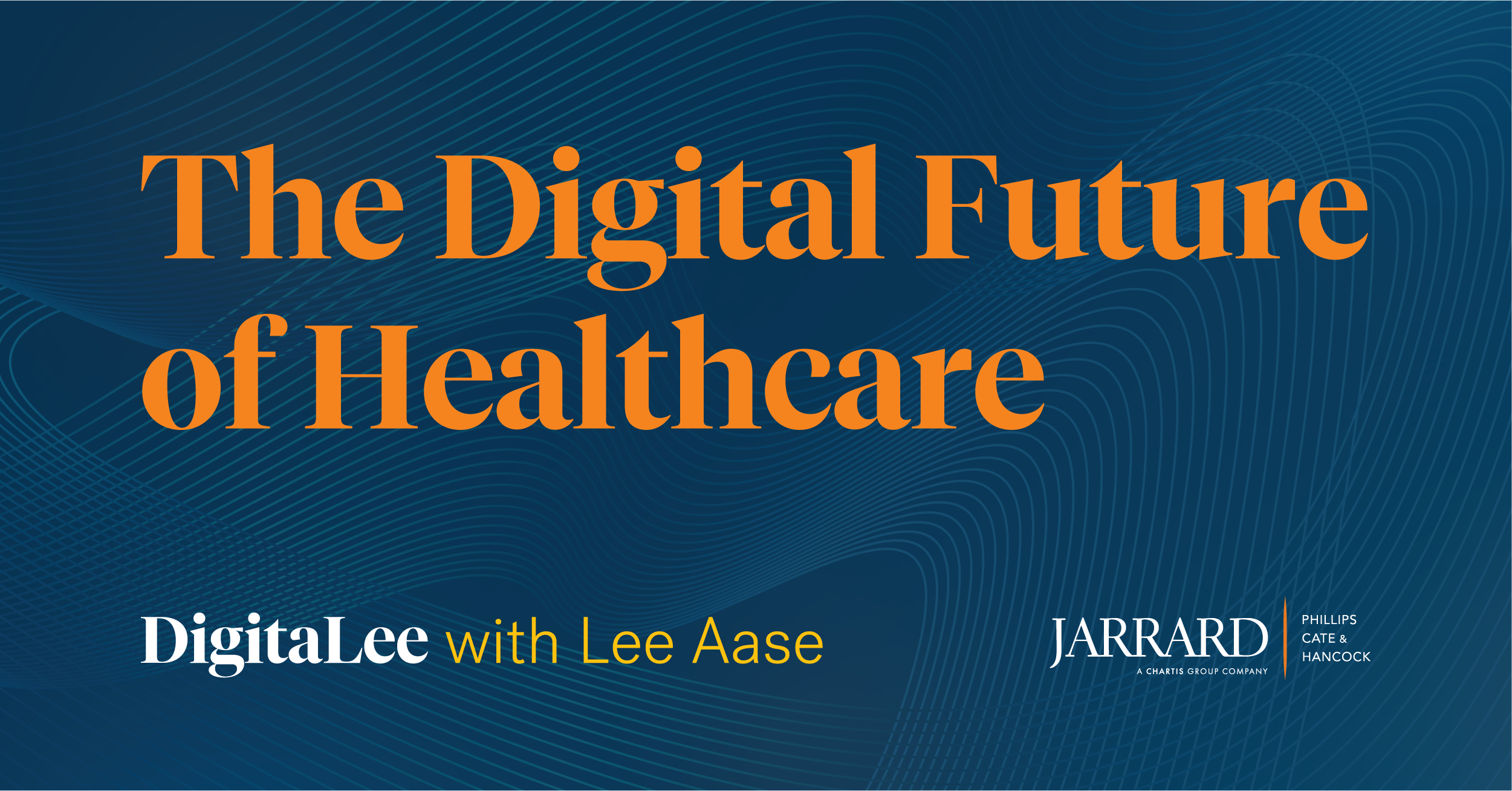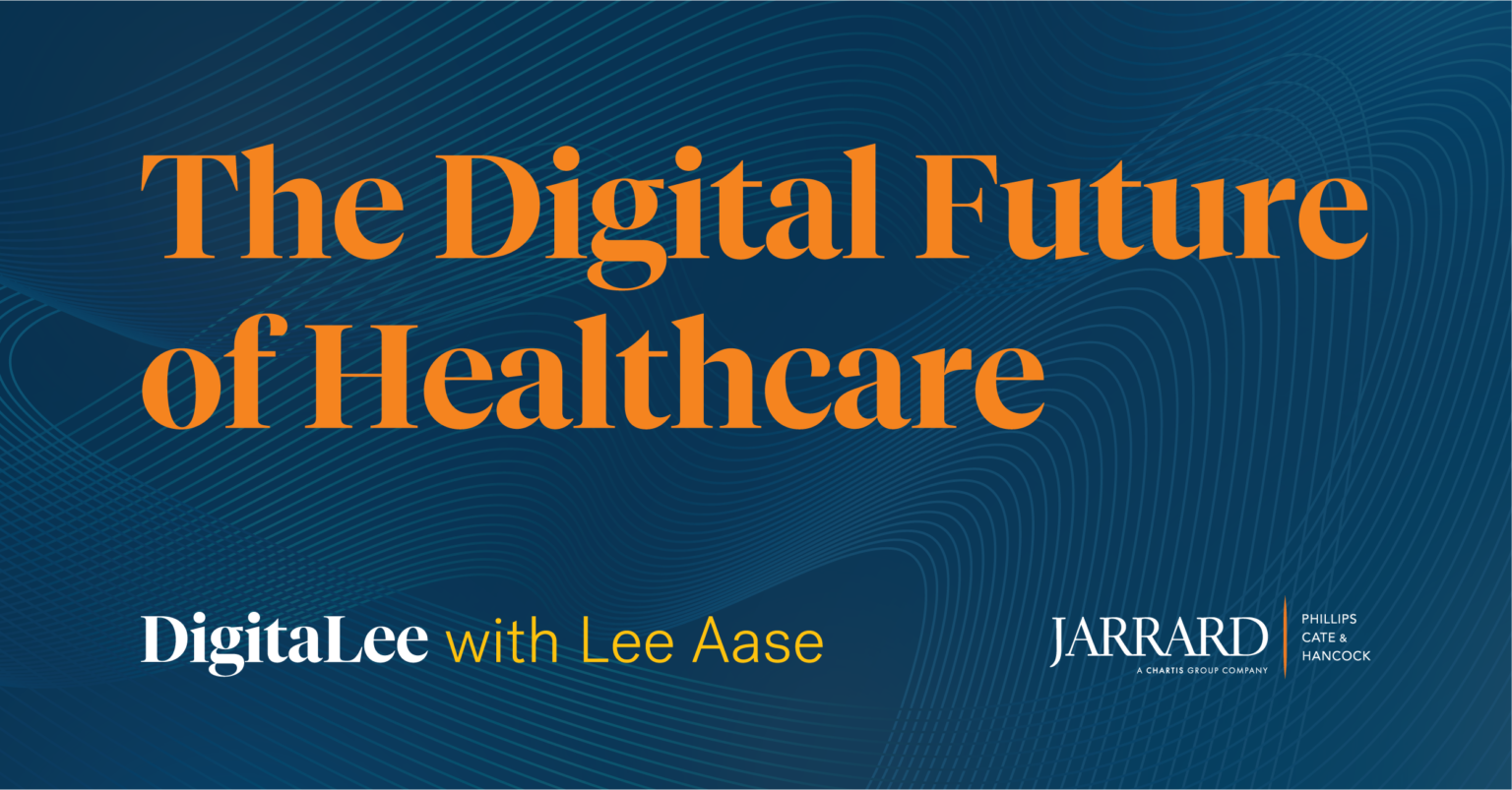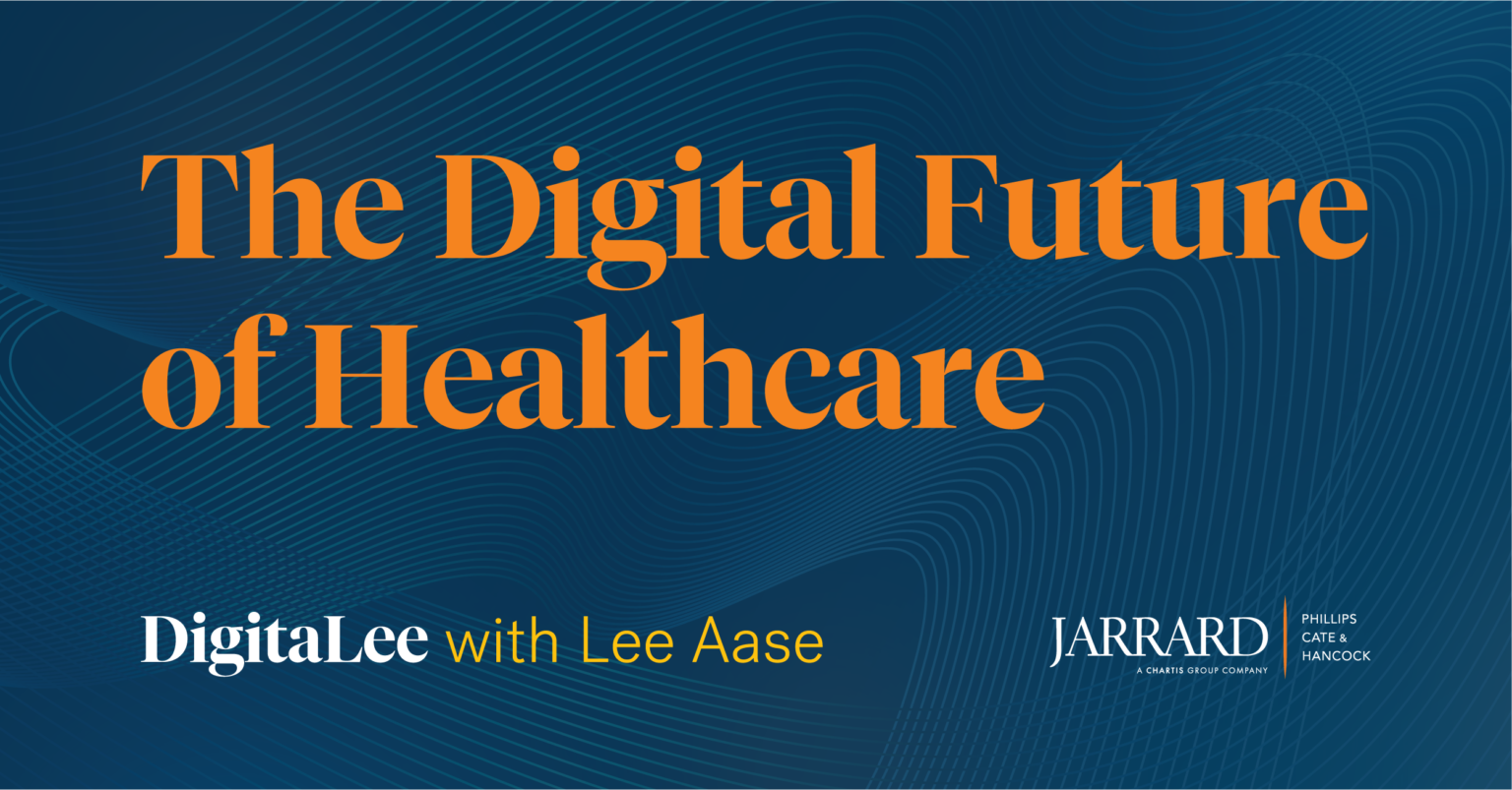
This week, former head of social and digital at Mayo Clinic Lee Aase and Jarrard’s David Shifrin talk about recent mass shootings, including those in medical facilities in Dayton and at St. Francis in Tulsa. We’re horrified by what’s happening, and there’s so much to deal with here, but because this podcast is focused on helping healthcare marketing teams in their roles as the voice of the organization, we talk about some things that digital marketing and communications pros can do to help guide messages around the issue of gun violence. And, maybe reduce some of the criticism that often follows any kind of difficult situation.
Listen and subscribe to the podcast, or read the transcript below.
Read the Transcript
David Shifrin: So Lee, good to see you again. Last couple of weeks have been a challenging time in society and healthcare. So many national headlines across the past couple of weeks and the numerous headlines around gun violence. We were looking at this issue with the mass shootings and Buffalo and in Texas.
And then just as we’re sort of trying to process that, then we see gun violence come to healthcare facilities in Dayton and Tulsa. We see healthcare providers in the middle of this issue and in this conversation for multiple reasons, and so in all of that, marketing and communications and digital teams are having to craft messages around challenging issues. And in this case today, specifically around gun violence, and do that in a way that is meaningful and addresses the issue in a meaningful way.
So I wanted to spend some time with you thinking about how we can support marcomm digital folks at healthcare providers, and just give them some things to focus on very practically as they are dealing with all of this input and trying to craft messages that are productive for the community.
Lee Aase: I would just say, first of all, it’s just a gut-wrenching time when you’re faced with all this stuff, and when we’re seeing just the devastation that comes from this stuff, and people immediately want to say “We got to do something. Okay, we gotta have a response,” and that’s totally understandable.
It’s commendable, that people would say “we want to do something about this,” but it’s like, what’s the thing that you do? And these are the kinds of issues on which reasonable people disagree. They have different solutions, and nobody wants to see schools get shot up or healthcare facilities get shot up.
And so how do you deal with the environment that we have? How do you deal with the constitutional issues that we have? As well as then some of the things like the mental health crisis, which is obviously behind a bunch of this, when you see especially in some of these mass shooting events.
And we were talking a little earlier about how for children that gun violence is, like, just inching up as the number one cause of death now. And that’s not just mass shootings, but it’s the day-to-day kind of mayhem that’s happening. And so it is, it does put us in a tough position to try to…because the desire that people will have is to have some kind of response. And then they say our thoughts and prayers are with them, and people are like, thoughts and prayers don’t do anything! And then you get into, yeah, we’ve all lived that. We’ve all lived that.
DS: It devolves so quickly.
LA: Yeah. And so I think from my perspective, the thing is as marketing communications, people working on behalf of organizations, our job is to help the leaders accomplish what they’re trying to accomplish, and what is the goal that they have by doing this thing? And thinking through what the implications are and how they might say this and, you know, put together messages that aren’t accusing everybody else who’s on the other side of, who has a different opinion or bad faith, and to try to create an environment of respect. And I realize I’m saying this in the context of online discussions, how’s that going to happen?
But starting within the organization, probably, that’s where there is more decorum perhaps, starting the conversations internally, close to home and talking about as organizations, what concrete positive steps we might take.
And some of it might be around mental health and that they’re really addressing some of that, but it’s a vexing time and it’s really a time when, for people who are in that, in the public eye and kind of feeling like there’s a need to take a public stand, it does make it complicated to try to say, so if we take that stand, what are going to be gaming it out? What are the follow-ups that are going to come out of that? And what are we prepared to do that would make a difference?
DS: Yeah, I think that’s such a good point because putting a statement out about gun violence, it has to go beyond saying we’re against gun violence. That’s basic, that’s a default position, right? Nobody is for gun violence. So then what, where do you go from there?
LA: And then I guess the other thing to think about with that is that okay, when we’re making this statement, what action are we prepared to back it up with from our organization? How are we going to constructively contribute toward this, other than saying these guys should do this or these guys should do that.
It’s like what, if leadership means leading, means doing something that is helping to solve the problem versus pointing fingers at other people and saying that the problem’s with them. But for a healthcare organization if you really are seeing it as a public health crisis or public health emergency, public health issue at least, then what can the healthcare organizations uniquely contribute to it that other organizations can’t?
DS: So yeah, I think it makes a lot of sense. And so for marketing and comms folks, it’s helping to guide those conversations. You’re saying supporting leadership in kind of helping to push leadership towards those specific actions and commitments.
And so making sure that the words and the actions match up, and I think there is a unique responsibility and opportunity for marcomm folks to be able to do that; to look at what is being said and then say are we, how are we going through this? And working with operations and clinical and finance to say let’s get everything lined up so that when we say “here’s our statement,” we can also then come in and say “here are the things that we’re doing next.”
LA: Yeah. And we’re prepared to deliver and we’re going to execute on it and yeah. And to do it in a way that doesn’t inflame the situation more, as I said assumes good intentions on behalf of the people that are engaged in the conversation so that it doesn’t devolve, as you said.
DS: Let’s look a little more specifically now at an individual incident.
What about on sort of the backend of a situation that’s going to inevitably, unfortunately, lead to people criticizing your response?
It’s just, it’s what happens. People want something different than what they get by default. And so is there anything that folks should think about saying or not saying in response to potential criticism about what they said, how they handled it, et cetera, et cetera?
LA: I think just humanizing the people who are involved in the response, just emphasizing that we’re all torn up by what’s happening here and we’re doing the best we can in the moment to be able to give people the information that they need and deserve and want, while also protecting the privacy of the, we’ve got HIPAA, we’ve got all these other issues that we need to deal with as well.
And I think the big problem we’re seeing in society in general is just a lack of empathy. A lack of being able to see from the perspective of those involved. And so by humanizing, even this might be a place where the people who are involved in telling the story, maybe even featuring them in some of this, telling that story of what it’s like to be dealing with a situation like this. Because especially on a, if you’ve got a social platform where they see the organization’s icon is the response to you and it’s not coming as a real person, then it feels disembodied. It could be an AI bot on the other side that’s responding to you. So creating that more warmth, more personal bonding there, I think is something that yeah, particularly in the aftermath that you might help people understand that nobody signed up for this, this wasn’t part of the…yeah, you signed up for it and you handle things as they come in, but it’s challenging for everybody involved.
DS: I love that advice for just humanizing and bringing the people who are behind those accounts, the admins, putting their names and faces potentially behind it. I think that’s really cool.
Okay, Lee for the last segment this was a question that we got sort of through some of our client-facing folks here at Jarrard and I thought this was actually a little bit tangential, but it’s really, yeah, an interesting, the different types of crisis response.
And I thought we could talk about it here a little bit, you know, call it the question from the community, is when do you activate a response to something that’s been said on social media? And again, kind of goes back to what we’re just talking about when people come after you verbally. Not thinking here about a negative review or, oh, I wish this had been better or the parking was crap, but just somebody who’s really upset, getting a little bit loud, you know? So is there a framework or a rule that should inform when you stay quiet, when you go public, when you respond to people directly? That mini reputational crisis.
LA: It’s a sort of a mini Hippocratic oath for political, for communications, for online: don’t make it worse. So first you just need to make the judgment: is this going to amplify, is our engagement with this going to amplify it and spread it to a broader audience than if we tried to deal with it in another way?
I think always, if there’s an opportunity to reach out and connect with a person to try to take that discussion offline, to try to identify if there’s a way to face to face, human to human, be able to work through it, that’s a win. Or if you’re able to.
There’s sometimes that’s just not going to happen. There’s just a level of animosity built up. That’s where blocking comes in, and on some platforms that’s not available, but you see that happen sometimes on Twitter. I can say I’ve never blocked anybody, I’ve never had to block anybody, but you see sometimes that with muting conversations on Facebook or whatever, that sometimes people have had their say, you haven’t muzzled them, you haven’t stopped them from being able to express themselves. So it’s not de-platforming them, but it’s also saying, you know, if somebody is determined…there was a, I think it was Winston Churchill says a fanatic is someone who can’t change his mind and won’t change the subject, but if you’ve made the judgment that there really isn’t any winning this person over, that at some point you just need to politely agree to disagree and disengage from it. And then where of course there’s, if it’s a patient concern, there’s always the patient privacy HIPAA issue. You don’t have the full ability that the patient has to be talking about the situation because that’s their private information and they can be, they can disclose whatever they want and you’re limited on what you can do.
So that’s where you have to be very cautious in where you’re going to engage. Always trying to deescalate if you can. But at first, just making sure that you don’t add fuel to the fire.
DS: Okay. And so that really does tie in, I’ll retroactively tie it into the second point that we were talking about, where you saying just humanize it, try to make those personal connections and talk about what happened.
LA: Yeah. It’s amazing what people will say by email that they wouldn’t say face to face, and if there’s…and just offering an opportunity to say hey, could we get together and talk about this? And I think that face to face communications is an underappreciated and underutilized tool.
DSh: Alright. Thanks, Lee.






